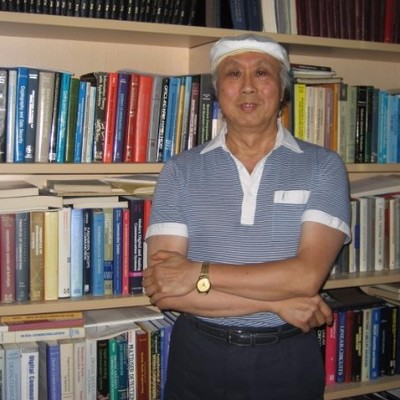
K. Max Wong
- Courses2
- Reviews2
- School: McMaster University
- Campus:
- Department: Engineering
- Email address: Join to see
- Phone: Join to see
-
Location:
Hamilton, ON - Dates at McMaster University: June 2007 - March 2014
- Office Hours: Join to see
Biography
McMaster University - Engineering
Experience
McMaster University
Professor Emeritus
Giving graduate courses and supervising research students
Zhengzhou University
Distinguished University Professor
K. Max worked at Zhengzhou University as a Distinguished University Professor
The University of Edinburgh
Royal Academy of Engineering Distinguished Visiting Fellow
K. Max worked at The University of Edinburgh as a Royal Academy of Engineering Distinguished Visiting Fellow
Education
University of London, Imperial College of Science & Techology
BSc(Eng), DIC, PhD, DSc, Life FIEEE, FCAE, FRSC
Electrical Engineering, Signal Processing
Electrical EngineeringImperial College
Visiting Professor
Publications
Efficient Design of Optimal Transmitter for MIMO Systems Using Decision Feedback Receivers
Communications, 2008 24th Biennial Symposium on Digital Object Identifier: 10.1109/BSC.2008.4563223 Publication Year: 2008 , Page(s): 138 - 141
Efficient Design of Optimal Transmitter for MIMO Systems Using Decision Feedback Receivers
Communications, 2008 24th Biennial Symposium on Digital Object Identifier: 10.1109/BSC.2008.4563223 Publication Year: 2008 , Page(s): 138 - 141
Optimum 4-QAM relay amplification for the amplify-and-forward half-duplex cooperative wireless system
Signal Processing (ICSP), 2010 IEEE 10th International Conference on
We consider an amplify-and-forward half-duplex co-operative wireless system. Specifically, we examine the role of the relay and design an optimum amplification factor for the relay. In the simple case of the message lasting for two symbols, and from the consideration of transmitting from a 4-QAM constellation, we develop an explicit expression of the pair-wise error probability. An optimum design problem can then be formulated so that the optimum amplification factor for the relay can be obtained. The resulting optimum value depends on the signal-to-noise ratio and its relation with the allowable amplification power.
